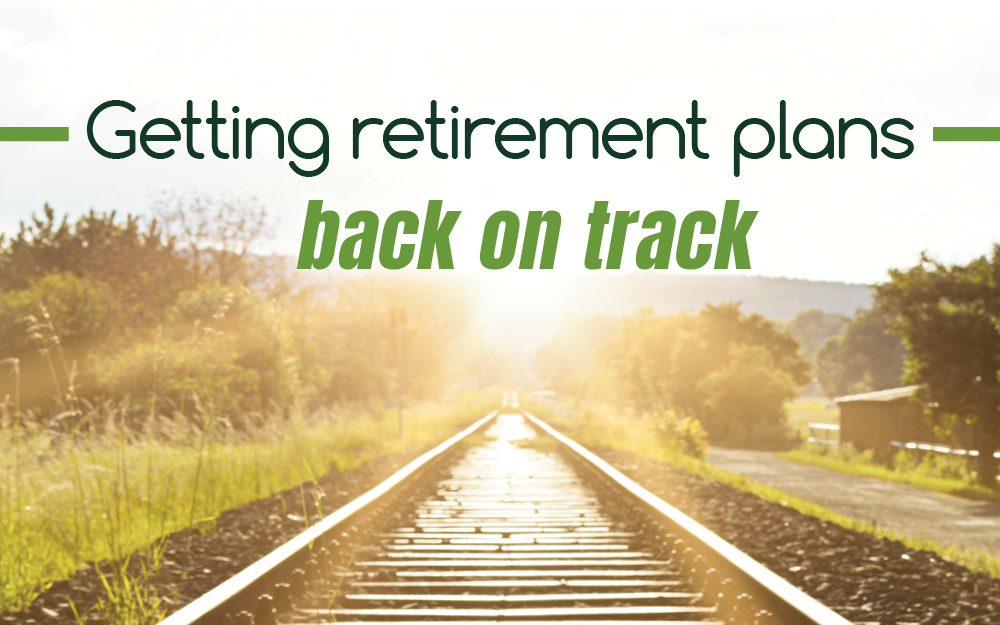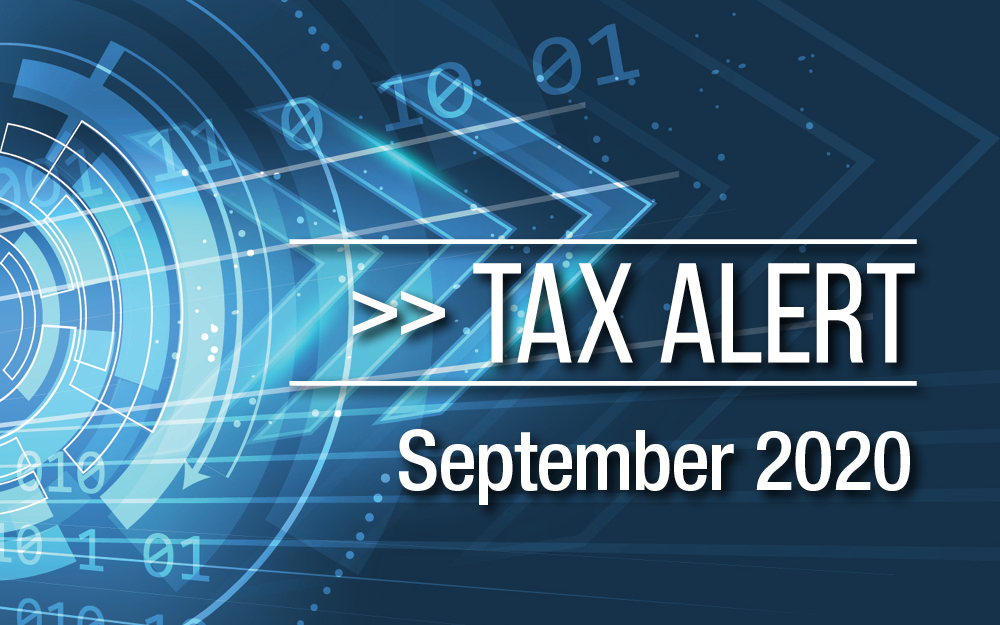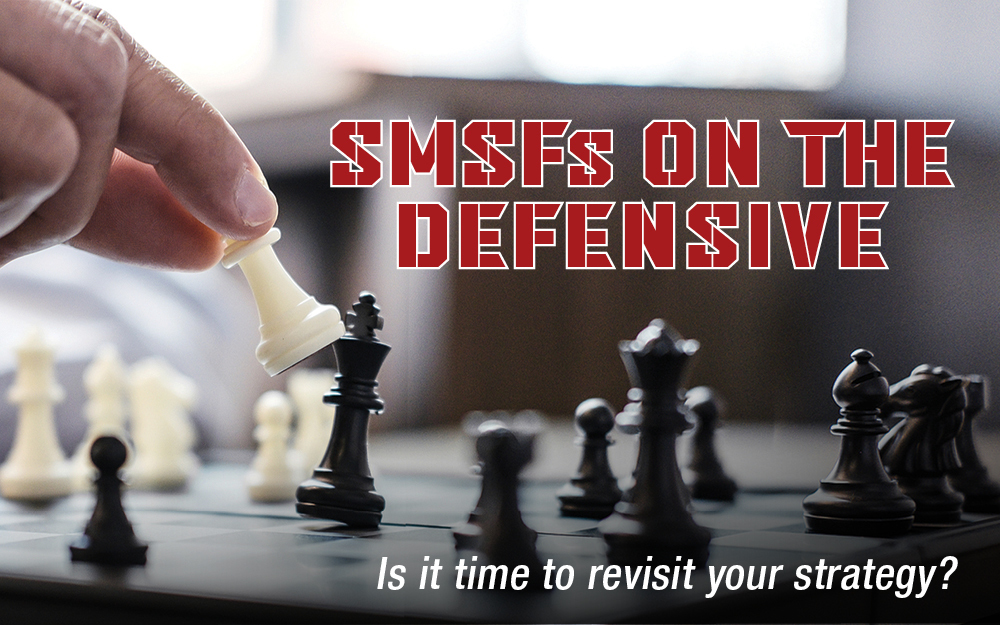
Spring 2020
It’s September and spring is finally here. This is always a wonderful time to get out in the garden or in nature, on foot or on your bike, even if travel restrictions mean we need to stay closer to home this year.
The recent company reporting season for the year or half-year to June 30 provided an insight into the financial impact of COVID-19 – on the economy and for investors. Analysis by CommSec showed only 75% of ASX 200 companies reported a net profit in the year to June 30. Full-year earnings were down 38% on aggregate, while dividends were down 36%. In an extremely difficult trading environment, 53% of companies either cut or didn’t pay a dividend, a move that will affect investors who depend on dividend income from shares.
There were bright spots though. Gold companies profited from rising gold prices, up almost 30% this year due to gold’s status as a ‘safe-haven’ investment. Iron ore miners benefitted from a lift in demand from China and rising iron ore prices, up 46% this year. While homewares and electronics retailers and those with a strong online presence enjoyed increased demand from Australians staying close to home. Retail trade rose 12.2% in the year to July, the strongest annual growth in 19 years. Consumer confidence is also improving, with the weekly ANZ/Roy Morgan consumer confidence rating up 42% since its March lows to 92.7 points in the last week of August. The Australian dollar is fetching around US73.5c, up almost 5% this year.
Challenges remain, however. Unemployment rose to 7.5% in July, the highest level in 22 years. Business investment fell 11.5% in the year to July and residential building activity fell 12.1% in the year to June – the biggest fall in 19 years. The Reserve Bank forecasts the economy will contract 6% this year before rebounding 5% in 2021.

Getting retirement plans back on track
After a year when even the best laid plans have been put on hold due to COVID-19, people who were planning to retire soon may be having second thoughts. You may be concerned about a drop in your super balance, insecure work, or an uncertain investment outlook.
Whatever your circumstances, a financial tune-up may be required to get your retirement plans back on track. You may even find you’re in better financial shape than you feared, but you won’t know until you do your sums.
The best place to start is to think about your future income needs.
What will retirement cost?
Your retirement spending will depend on your lifestyle, if you are married or single, whether you own your home and where you want to live.
Maybe you want to holiday overseas every year while you are still physically active or buy a van and tour Australia. Do you want to eat out regularly, play golf, and lead an active social life; or are you a homebody who enjoys gardening, craftwork or pottering in the shed?
Also think about the cost of creature comforts, such as the ability to upgrade cars, computers and mobiles, buy nice clothes, enjoy good wine and pay for private health insurance.
It’s often suggested you will need around 70 per cent of your pre-retirement income to continue living in the manner to which you have become accustomed. That’s because it’s generally cheaper to live in retirement, with little or no tax to pay and (hopefully) no mortgage or rent.
Draw up a budget
To get you started, the ASFA Retirement Standard may be helpful. It provides sample budgets for different households and living standards.
ASFA suggests singles aged 65 would need around $44,183 a year to live comfortably, while couples would need around $62,435.i Of course, comfort is different for everyone so you may wish to aim higher.
To put these figures in perspective, the full age pension is currently around $24,550 a year for singles and $37,013 for couples. As you can see, this doesn’t stretch to ASFA’s modest budget, let alone a comfortable lifestyle, especially for retirees who are paying rent or still paying off a mortgage.
Then there is the ‘known unknown’ of how long you will live. Today’s 65-year-olds can expect to live to an average age of around 85 years for men and 87 for women. The challenge is to ensure your money lasts the distance.
Can I afford to retire?
Once you have a rough idea what your ideal retirement will cost, you can work out if you have enough super and other savings to fund it.
Using the ASFA benchmark for a comfortable lifestyle, say you hope to retire at age 65 on annual income of $62,000 a year until age 85. Couples would need a lump sum of $640,000 and singles would need $545,000. This assumes you earn 6 per cent a year on your investments, draw down all your capital and receive a part age pension.
Add up your savings and investments inside and outside super. Subtract your debts, including outstanding loans and credit card bills, to arrive at your current net savings. Then work out how much you are likely to have by the time you hope to retire if you continue your current savings strategy.
There are many online calculators to help you estimate your retirement balance, such as the MoneySmart super calculator.
Closing the gap
If there’s a gap between your retirement dream and your financial reality, you still have choices.
If you have the means, you could make additional super contributions up to your concessional cap of $25,000 a year. You may also be able to make after-tax contributions of up to $100,000 a year or, subject to eligibility, $300,000 in any three-year period.
You might also consider delaying retirement which has the double advantage of allowing you to accumulate more savings and reduce the number of years you need to draw on them.
These are challenging times to be embarking on your retirement journey, but a little planning now could put you back in the driver’s seat.
Get in touch if you would like to discuss your retirement strategy.
i https://www.superannuation.asn.au/resources/retirement-standard

Tax Alert September 2020
Many small business owners and sole traders will be breathing a sigh of relief following the extension of the JobKeeper scheme until March next year. At the same time, however, the ATO is stepping up its compliance activities.
Here’s a roundup of some of the key developments in the world of tax.
JobKeeper extended to March 2021
The government has announced its JobKeeper scheme, which was originally due to wind up on 27 September 2020, will now continue until 28 March 2021.
The $1,500 per fortnight payment to eligible businesses, not-for-profits and the self-employed will, however, drop to $1,200 per fortnight from 28 September 2020 and to $1,000 per fortnight from 4 January 2021.
From 28 September 2020, if your business claims JobKeeper, you will also be required to demonstrate it has suffered a decline in turnover using your actual GST turnover rather than the prior method, which was based on projected GST turnover.
ATO data matching support payments
The tax man is also starting to put JobKeeper support payments under the microscope using information from a new data matching arrangement with Services Australia (formerly Centrelink).
Information about JobKeeper payments reported to Services Australia for social security payment purposes will also be provided to the ATO. This will help the ATO identify people who are receiving both JobKeeper and social support payments.
JobKeeper still open to businesses
Although most businesses suffered an immediate decline in turnover when the COVID-19 crisis started, some businesses are finding things are tougher now the new financial year has commenced. The renewed lockdown in Victoria has also dealt a new blow to many businesses, so it’s worth remembering it’s still possible to apply for the JobKeeper subsidy.
If your small business has experienced a drop in turnover of more than 30 per cent and you meet the eligibility requirements, you are still able to apply for financial support through JobKeeper.
Expenses shortcut extended
For employees who have been using the shortcut method to calculate their working from home expenses, the good news is the end date for this scheme has been extended from 30 June to 30 September 2020.
The ATO announced the new three-month extension and said a further extension may be considered.
Employees and businessowners who work from home between 1 March 2020 and 30 September 2020 on income producing activities can use the shortcut method to claim 80 cents per work hour for their home office running expenses. This all inclusive rate means you don’t need to calculate and record your actual running costs.
The shortcut is not a free pass, however, as the ATO recently noted this was one of the top three issues it was seeing in returns lodged for 2019-20. To avoid problems in this area, ensure you don’t double up on your shortcut claim by adding, for example, a depreciation claim for laptops and desktops.
Warning on TPAR requirement
The ATO is warning some small businesses may find they need to lodge a taxable payments annual report (TPAR) this financial year if they have started using contracted service providers due to the pandemic.
TPARs keep the ATO informed about payments made to contractors, with the requirement initially rolled out for the building, cleaning and courier industries.
The tax man is now cautioning restaurants, cafes, grocery stores, pharmacies and retailers who have started paying contractors to deliver goods to customers that they may be required to report.
If total payments received for delivery or courier services are ten per cent or more of your business’s total annual business income, you may need to lodge a TPAR for 2020-21.
No tax on ‘robodebt’ refunds
And some good news for taxpayers who receive a refund amount from Services Australia for a debt raised using averaged ATO income information – also known as a robodebt. You don’t need to include the money in your income tax return.
The ATO is advising no action needs to be taken regarding these refunds and tax returns for prior years should not be amended.

SMSFs on the defensive: Is it time to revisit your strategy?
Self-managed super funds (SMSFs) have had a challenging year, with COVID-19 linked market uncertainty affecting income and returns. But SMSF trustees haven’t been sitting on their hands.
One of the main reasons people give for wanting to establish an SMSF is to have greater control of their investments and taking control of a difficult situation is exactly what they’ve been doing.
Changes to asset allocation
According to the 2020 Vanguard/Investment Trends SMSF investment report, nearly half of SMSFs made substantial changes to their asset allocation this year.
The survey of over 3000 SMSF trustees shows most reacted defensively, with 55 per cent increasing their cash and property holdings, mainly at the expense of equities. Direct shares now represent 31 per cent of SMSF portfolios, their lowest level since 2009 during the GFC.
The report found that one third of SMSF have fixed income exposure. Hybrid securities remain the most popular product, although more trustees are investing in bonds which has become easier with the profusion of bond ETFs (exchange traded funds). In fact, bonds were among the better-performing asset classes in the year to June 2020. International bonds returned 5.4 per cent while Australian bonds returned 4.2 per cent.i
However, the search for a reliable income stream that is better than you can get from bank deposits remains a challenge. The hunt for yield
With interest rates on the decline for several years, and currently at or near zero, investors have turned to shares for their dividend income as well as capital growth. But this source of income is also under threat from the economic impact of COVID-19 on company profits.
The Vanguard/Investment Trends survey also found that SMSFs expect dividend yields to fall from 4.8 per cent pre-COVID-19 to 3.6 per cent this year. While the actual decline in dividend income will depend on the shares you hold, many SMFS will already be feeling the pinch.
In July, the Australian Prudential Regulation Authority (APRA) ordered Australian banks and insurers to restrict dividend payments to 50 per cent of their earnings. Given the banks generally pay out up to 90 per cent of their earnings, this will have a big impact on SMSFs who often rely heavily on bank shares.
In the latest company reporting season, many popular blue-chip companies cut or suspended dividends. According to CommSec, 68 per cent of companies issued dividends in the year to 30 June 2020 but dividend payments were down 32 per cent on aggregate.
Yet despite this setback, SMSF investors are already positioning themselves for the future.
The Vanguard/Investment Trends survey showed SMSFs were poised to buy back into the share market, with 37 per cent willing to increase their allocation to blue-chip Australian shares, and 23 per cent to increase investment in international shares.
Diversification is key
In these uncertain times, having a well-diversified portfolio with multiple sources of income as well as capital growth is more important than ever.
As well as Australian shares, many SMSFs also have a relatively high exposure to property, either through residential real estate or listed property. But property also faces challenges.
Listed property was the worst performing asset class last year, down 13.4 per cent.i Although past performance is not a reliable guide to the future, commercial property faces challenges due to falling demand for retail and office space during the pandemic, as well as falling rents.
While residential property held its value last year, the outlook there is also uncertain given rising unemployment, falling rents and a halt to immigration. It’s also yet to be seen how many investors who temporarily deferred loan repayments will eventually decide to sell their properties.
A time to revise strategy
All in all, SMSF are performing well. However, with reduced dividend income and low interest rates in the medium term, SMSFs in retirement phase may need to make decisions that were not anticipated, such as drawing on their capital to cover their income needs.
At the very least, this is a good time to ensure that your SMSF is well diversified and positioned for continuing market volatility. If you would like to discuss your SMSF investment strategy, retirement planning or tax planning, do give us a call.
